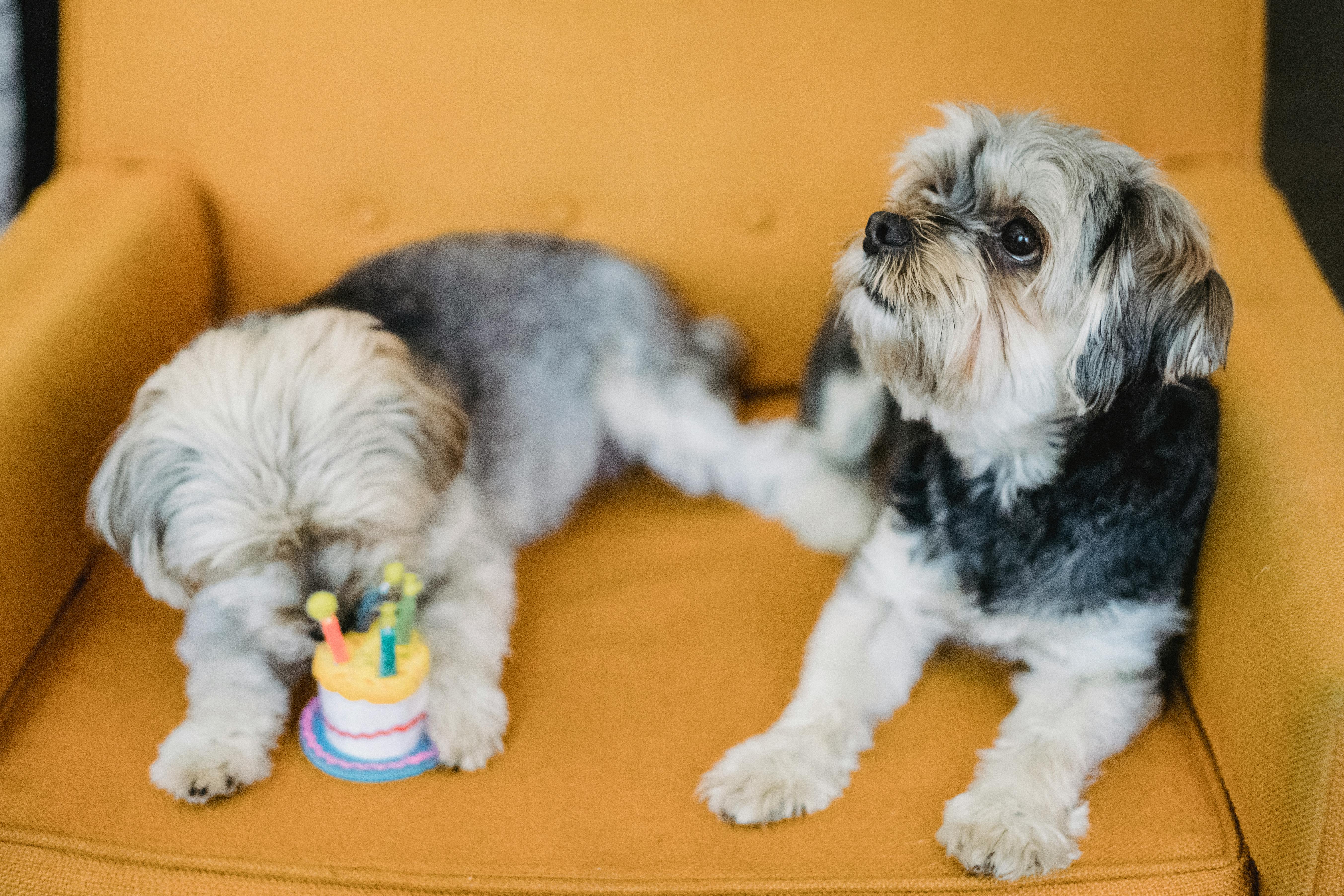Bull Mastiff dogs make great pets.
The Bull Mastiff is believed to be a cross between the English Mastiff and the Old English Bulldog. It is believed that the original purpose of creating this breed was to deal with poachers. Today the breed is a common family pet providing company and entertainment to many families.
Size
Male Bull Mastiffs will typically grow 25 to 27 inches tall at the withers and 110 to 140 pounds. Females tend to reach 24 to 26 inches at the withers and 100 to 120 pounds. Although smaller than some of the other mastiff breeds, these are very strong dogs.
Colour
As for show quality, any shade of red, brindle or fawn is acceptable as long as the color is pure and clear. In the US, the term “pure and clear” is not mentioned in the standard. Fawn is a light tan or blonde color similar to what is called dun on a horse, while red is an earthy, reddish-brown tone. The range of colors can vary from a deep red to a light red mixing with the fawn which is often referred to as the red fawn. While a small white marking on the chest is permitted, other white markings are considered unwanted. A black muzzle is a must as the black fades towards the eyes and the dark markings around the eyes lend themselves to expression.
Temperament
Bull Mastiffs are very lovable, affectionate, loyal, brave and calm dogs with those they are familiar with. Its protective instinct is very strong and it will defend its owners against anything or anyone it deems a threat. However, it does not usually attack to protect. Rather, it prefers to knock the intruder down with its large size and massive strength and then pin it to the ground or ground. Another common act of protection is simply standing in front of the stranger/intruder and stubbornly refusing to let them through. Bull Mastiffs tend to become very attached to their families and are happiest when they can live in the house with them. Early socialization is important due to their protective nature combined with their large size and natural distrust of those they don’t know. The Bull Mastiff is a bit fickle when it comes to getting along with other dogs; maybe they will and, again, maybe they won’t. The Bull Mastiff gets along well with children and is quite affectionate with them. However, supervision must be ongoing when they are with younger children; these animals are so large that they could accidentally knock over smaller children. One more advantage of the Bull Mastiff is that they don’t bark much, which makes them good apartment dogs.
Health
Bull Mastiffs, like all mastiff breeds, are prone to certain hereditary diseases. These include:
* Hip dysplasia
* Elbow dysplasia
* Entropy
* Hypothyroidism
* Lymphoma cancer
* Progressive retinal atrophy (PRA), a particular problem as the trait is autosomal dominant. Simply put, they have a tendency to go blind and the genetic trait is dominant in both sexes. However, there are ways to find out if your pup of choice has the gene. Check out these people for more information:
http://devinefarm.net/health/pra/
